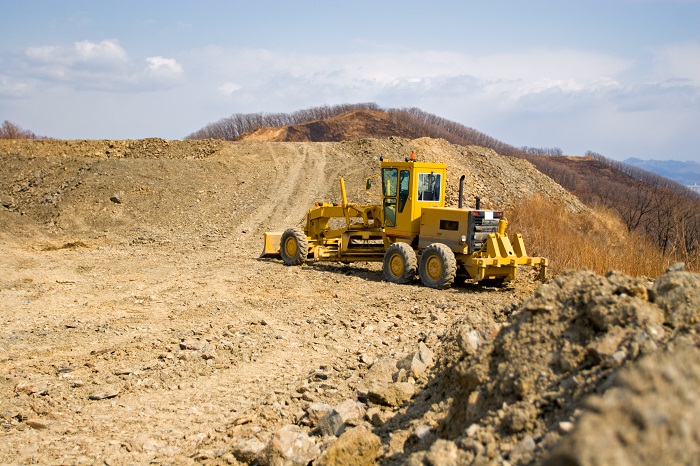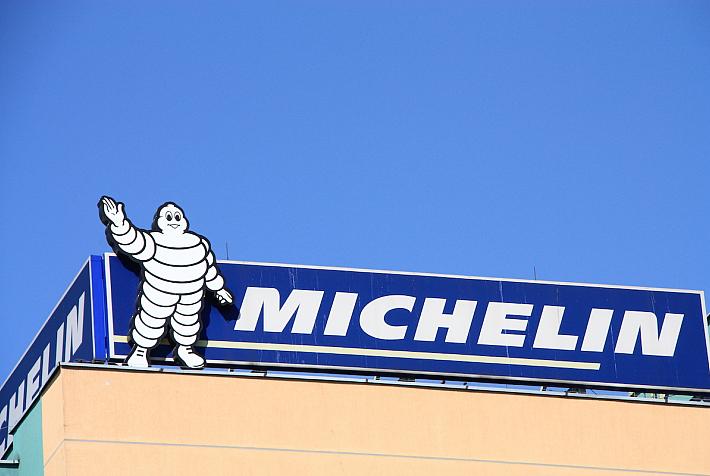Archeologists unearth Celtic artifacts, plus ancient Roman and Greek silver coins on future track of Romanian highway

 Several metal archeological objects and over 280 silver coins were discovered by archeologists on the track of the future Sibiu – Nadlac highway in Romania. One of the discoveries, a small iron replica of a chariot was deemed unique in the region. The objects discovered in the nine archeological sites, dating from the early Neolithic to the Medieval Ages, will most likely be restored within a year. A first exhibition including some of the objects will be open in May 2013.
Several metal archeological objects and over 280 silver coins were discovered by archeologists on the track of the future Sibiu – Nadlac highway in Romania. One of the discoveries, a small iron replica of a chariot was deemed unique in the region. The objects discovered in the nine archeological sites, dating from the early Neolithic to the Medieval Ages, will most likely be restored within a year. A first exhibition including some of the objects will be open in May 2013.
A team of 40 Romanian and foreign archeologists searched around 40 kilometers on the future highway track in three counties, Sibiu, Alba and Hunedoara. This was one of the biggest archeological digs ever undertaken in Romania, according to Sabin Luca, director of the Brukenthal National Museum.
Researchers discovered a Bronze age settlement and “the first level of colonization which could be connected to our ancestors dates from the Celtic era, in the 3rd and 2nd centuries BC,” according to Sabin Luca. The small iron chariot discovered will most likely be unique, he went on to say. In Celtic areas, the iron chariot is usually buried with the full size chariot, but in this case it was buried separately. The piece was in 80 pieces and its restoration took three weeks.
The archeologists found weapons, tools, weapon tips, heels and a stash of 280 silver coins, including Ancient Greek and Roman examples. “There are hundreds of this kind of silver hoard from that period, but they are rarely found in archeological sites by researchers. Discoveries are usually accidental,” the Brukenthal museum director explained.
editor@romania-insider.com















